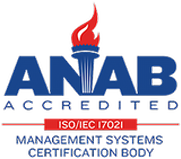MIL-C-26074
Specifications
- Services & Capabilities
- Plating Specifications
- MIL-C-26074
What is Mil-C-26074?
When providing metal finishing for highly specified industries like Aerospace and Defense, there is no margin for error. At AOTCO, we comply with a wide range of military specs, including Mil-C-26074.
Perhaps the most common Nickel-plating spec, Mil-C-26074 is the military standard for electroless nickel plating. The spec highlights four classes (1-4) and three grades (A, B, and C).
Class is used to identify what procedural changes or post treatments are required, and the three grades determine the minimum required thickness.
Benefits of Electroless Nickel Plating Mil-C-26074
Compared to Electrolytic Nickel, Electroless Nickel provides a unique set of qualities that are useful across a wide range of applications.
- The finish is more ductile than its electrolytic counterpart, as well as more resistant to corrosion.
- It also has great lubricity, making it more useful for components that need high wear resistance or flexibility.
- Electroless Nickel Plating can bond with any metal substrate and has no thickness limits, making it more versatile than Electrolytic Nickel.
- Electroless Nickel plating has higher hardness and abrasion resistance than Electrolytic Nickel, making it the stronger finish of the two.
MIL-C-26074 Technical Notes
With this mil spec, there are a few key classifications an informed customer should understand
- Grades– Thickness of Deposit
- Grade A (1000 microinches) – used for aluminum based alloys
- Grade B (500 microinches) – used for copper, nickel, cobalt, titanium, and beryllium
- Grade C (1500 microinches) – used for iron-based alloys
- Class Number – Processing Guidelines
- Class 1 – As plated, no subsequent heat treatment. A bake for hydrogen embrittlement relief is not considered a heat treatment.
- Class 2 – heat treated to obtain required hardness: May be used on all metals not affected by heating to 500 degrees Fahrenheit and above.
- Class 3 – Aluminum alloys nonheat-treatable, and beryllium alloys processed to improved adhesion of the nickel deposit.
- Class 4 – Aluminum alloys, heat-treatable, processed to improve adhesion of the nickel deposit.
Mil-C-26074 Acceptable Base Metals
Iron, copper, aluminum, nickel, cobalt, beryllium, titanium, and their respective alloys.
Strikes and Underplating
Silver or copper plus silver may not be used as an underplate. When gold is applied to a copper rich surface such as brass, copper, bronze, or beryllium copper, an anti-diffusion underplate such as nickel shall be applied.
Ready to get started?
Talk to an industry expert about the best solution for your application.
Resources
Join AOTCO at D2P Mohegan Sun | Southern New England
AOTCO President Speaks At Harvard Business School Association
Join AOTCO at MRO Americas 2024 | NADCAP Plating & Anodizing
Services & Capabilities
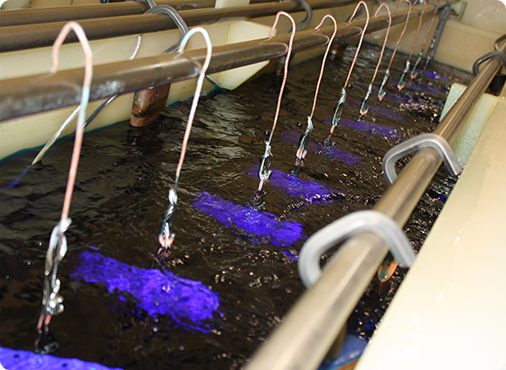
Electroplating
Electroplating
Electroplating is a process by which one metal is deposited onto a base metal (substrate). These deposited metals offer a variety of benefits including thermal and electrical conductivity, corrosion resistance and more. AOTCO electroplates a wide variety of both standard and exotic metals.
Learn More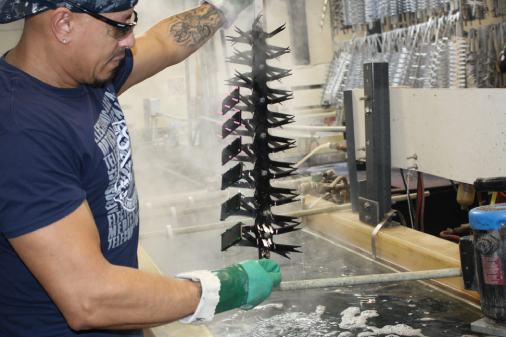
Anodizing
Anodizing
Sometimes called a “conversion coating” Anodizing is an electrolytic process in which an oxide (anodic) layer is chemically built on the surface of the substrate material, providing anti-corrosion and other benefits. AOTCO offers, Type I, Type 2, Type 3 and Titanium anodizing services.
Learn More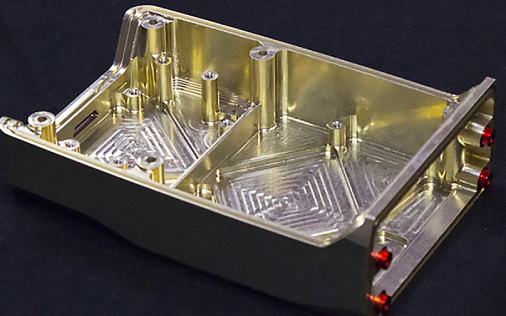
Passivation
Passivation
Passivation is a term for a variety if processes that make a metal (most commonly stainless steel) or other substance unreactive, or passive, by altering the surface layer or coating the surface with a thin inert layer. AOTCO performs both citric and black oxide passivation techniques to a range of specifications.
Learn More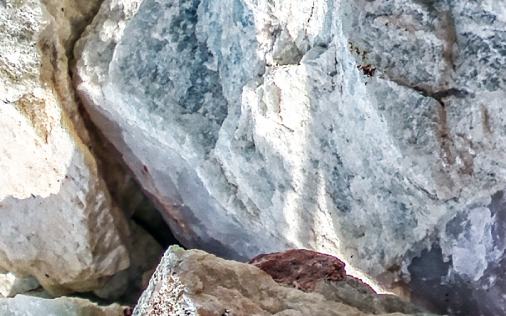
Plating Substrates
Plating Substrates
AOTCO plates on a wide variety of Common, Exotic and Non-Metallic substrates, bringing exceptional expertise to magnesium, titanium, beryllium, BeCu, TeCu, tungsten and more. In some cases we pass as high as 450 degrees celsius, allowing for high temperature soldering, brazing, or post machining operations after plating.
Learn More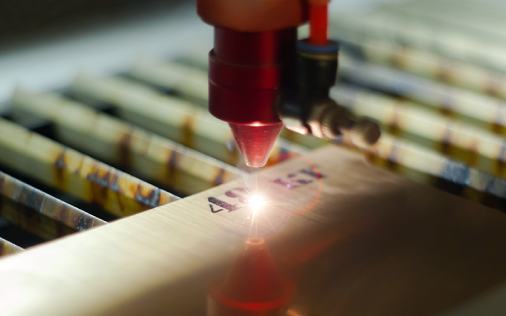
Pre- & Post-Process Treatments
Pre- & Post-Process Treatments
Pre-Process: In addition to offering both mechanical & chemical cleaning options, AOTCO specializes in creating solutions for complicated, difficult and tight-tolerance masking challenges. Post-Process: For clients with specialized needs AOTCO offers laser marking and engraving options, including color change caused by chemical or molecular changes, charring, foaming, melting, ablation, and more.
Learn More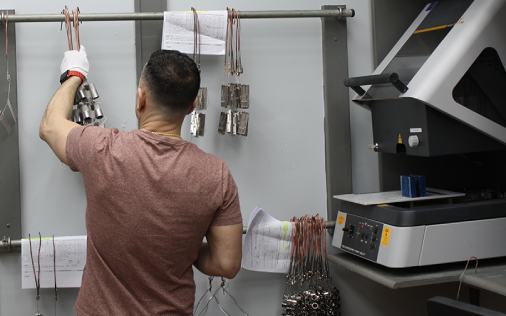
Dedicated Outsourced Finishing
Dedicated Outsourced Finishing
Part of our cornerstone goal of building long-term, collaborative & solution-oriented partnerships, AOTCO will devote reserved physical and human resource capacity for our clients with long-term finishing and deadline requirements. For these partnerships our commitment is that AOTCO manages the process, while YOU control the results.
Learn More

